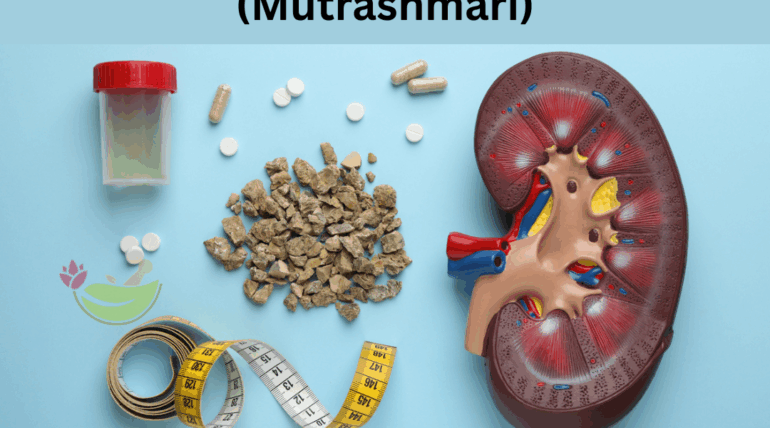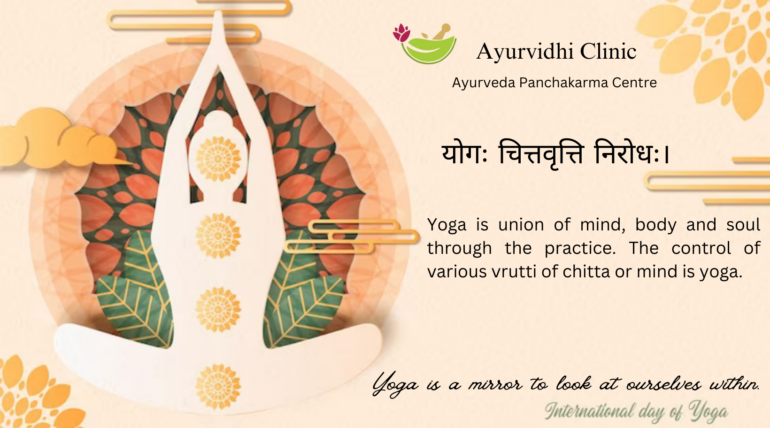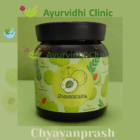Respiratory Relief: Ayurveda’s Answer to Poor Air Quality
In today’s environment, the air we breathe is filled with dust, smoke, chemicals, allergens, and microbes. This toxic overload weakens our lungs and triggers repeated issues like cough, cold, allergies, sinusitis, breathlessness, and low immunity. Children, working professionals, elderly individuals—almost everyone is affected by poor air quality.
Ayurveda, with its time-tested wisdom, offers a natural, holistic, and highly effective approach to protect, purify, and strengthen the respiratory system. Using herbs, diet, lifestyle changes, and Panchakarma therapies, Ayurveda heals your lungs from within—without side effects or dependency on long-term medications.
If you are struggling with respiratory discomfort or pollution-related symptoms, this blog will guide you through Ayurvedic solutions that offer real, lasting relief.
Air pollution, seasonal changes, viral infections, dust, and weakened immunity have made respiratory issues extremely common. Today, people of all ages suffer from:
-
Recurrent cough & cold
-
Sinusitis
-
Allergic rhinitis
-
Breathing difficulty
-
Asthma-like symptoms
-
Sore throat, congestion
-
Low lung capacity
In Ayurveda, the respiratory system is known as Pranavaha Srotas, and its health depends on strong immunity (Ojas), balanced Vaata–Kapha, and clear respiratory channels.
Modern pollution weakens these systems — but Ayurveda offers deep, effective, natural healing.
How Ayurveda Helps in Respiratory Diseases
Ayurveda works on three levels:
1️⃣ Reduces inflammation & congestion
Herbs like Tulsi, Vasa, Kantakari, Pippali help open respiratory channels.
2️⃣ Strengthens lungs from within
Rasayana herbs like Chyavanprash, Vasa Awaleha, medicated Ksheera Paaka rejuvenate lung tissues.
3️⃣ Improves overall immunity & reduces recurrences
Ayurveda focuses on root-cause healing, not temporary symptomatic relief.
Want to know the best Ayurvedic treatment for your respiratory issue? Contact Ayurvidhi Clinic today for a consultation.
Common Respiratory Problems Ayurveda Treats
-
Allergic rhinitis
-
Sinusitis
-
Bronchitis
-
Asthma
-
Recurrent throat infections
-
Dust allergy
-
Pollution-induced lung weakness
-
Post-viral respiratory weakness
Effective Panchakarma Treatments for Respiratory Health
🔹 Vamana (Therapeutic Emesis)
Best for chronic Kapha disorders, asthma, congestion, allergies.
🔹 Nasya (Nasal Detox Therapy)
Opens nasal passages, improves breathing, reduces sinus inflammation.
🔹 Dhoomapana (Medicated Herbal Smoke)
Purifies air passages and reduces chronic cough.
🔹 Abhyanga + Swedana
Warm oil massage + steam therapy to remove toxins and open channels.
🔹 Basti (Herbal Enema Therapy)
Balances Vaata, strengthens the respiratory and immune system.
🔹 Rasayana Therapy
Promotes lung rejuvenation and long-term respiratory strength.
Book your personalized Panchakarma plan at Ayurvidhi Clinic today.
🌱 Herbal Medicines for Respiratory Strength
Ayurveda uses herbs such as:
-
Sitopaladi Churna
-
Talisadi Churna
-
Chyavanprash Rasayana
-
Vasa Awaleha
-
Yashtimadhu
These herbs reduce congestion, improve lung capacity, and boost immunity naturally. But we suggest you to consume medicine with a ayurvedic doctors advised.
🏥 Ayurvidhi Clinic’s Special Approach for Respiratory Health
At Ayurvidhi Clinic, we follow a root-cause focused, personalized treatment that includes:
1. Seasonal Lung Detox Programs
Customized Panchakarma to clear toxins collected due to pollution.
2. Vaidya-Prepared Herbal Medicines
Fresh, authentic preparations without preservatives.
3. Pollution Recovery Protocol
Diet + herbs + steam + Nasya plan for those living in polluted areas.
4. Child-Friendly Respiratory Strengthening Program
Safe formulations for kids with recurrent cold & bronchitis.
5. Chyavanprash Rasayana Therapy
Hand-made, classical preparation that strengthens immunity & lungs.
6. Special Ayurvidhi “Prana-Strength Therapy
A unique combination of Nasya, herbal steam inhalation, Swedana, and pranayama guidance.
Visit Ayurvidhi Clinic to start your respiratory healing journey now. Limited Panchakarma slots available.
Ayurvedic Lifestyle Tips for Strong Lungs
-
Drink warm water infused with ginger or tulsi
-
Avoid cold foods, ice-creams, and refrigerated items
-
Do steam inhalation with Tulsi, Neem or plain water steam.
-
Add turmeric, ginger, & black pepper to meals
-
Practice pranayama daily for 10 to 20 minutes.
-
Keep indoor plants for cleaner oxygen.
-
Avoid morning cold exposure.
Need a personalized diet for your respiratory condition? Book your consultation today @ayurvidhi_clinic
Why Choose Ayurvedic Treatment for Respiratory Problems?
✔ 100% natural
✔ Zero side effects
✔ Holistic healing
✔ Strengthens immunity
✔ Long-term relief
✔ Suitable for all ages
Most importantly, Ayurveda heals the root cause — not just symptoms.
Ready to Strengthen Your Lungs Naturally?
Ayurvidhi Clinic offers:
-
Expert Vaidya consultation
-
Personalized Ayurvedic medicines
-
Panchakarma therapies for respiratory detox
-
Preventive care for pollution exposure
📞 Call us now to book an appointment at 9511953471
📍 Visit Ayurvidhi Clinic today!
💬 Message us for treatment packages & offers @https://wa.me/message/MBTFCXKULPB2K1








Recent Comments